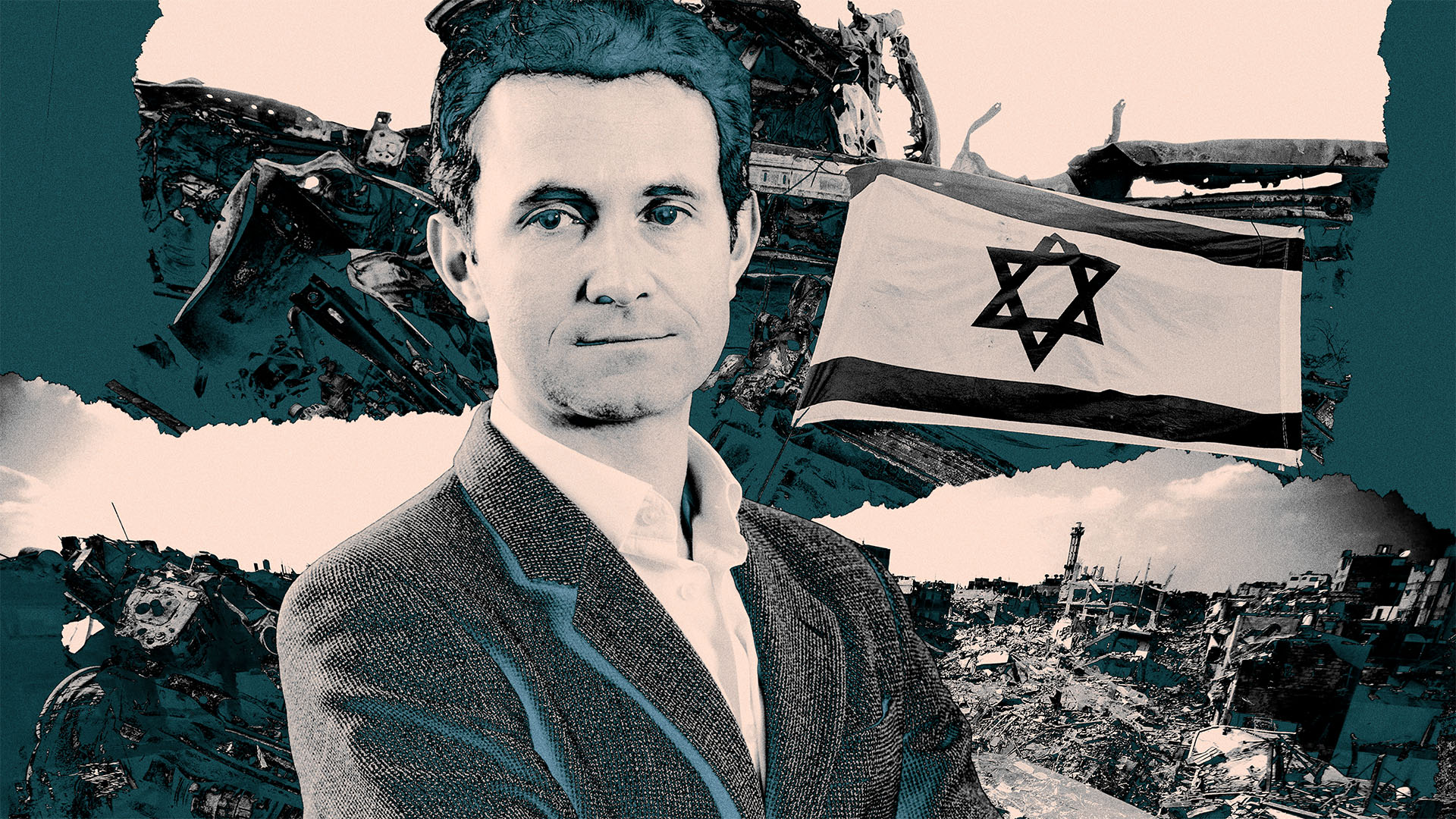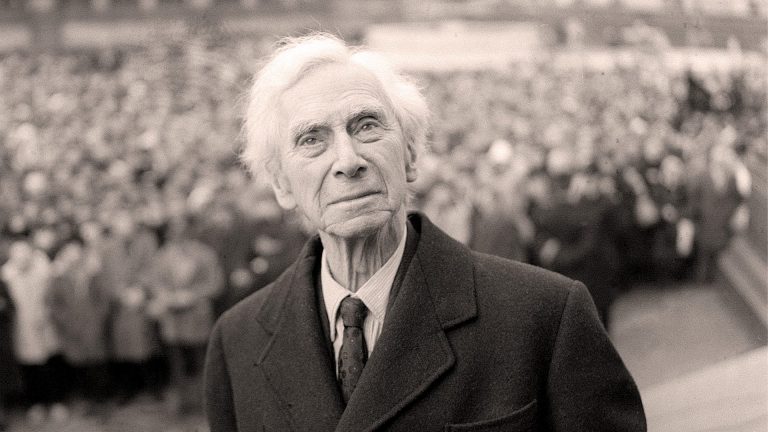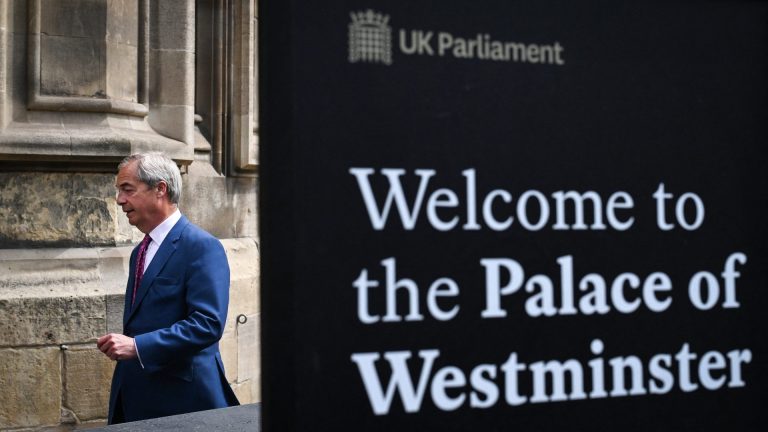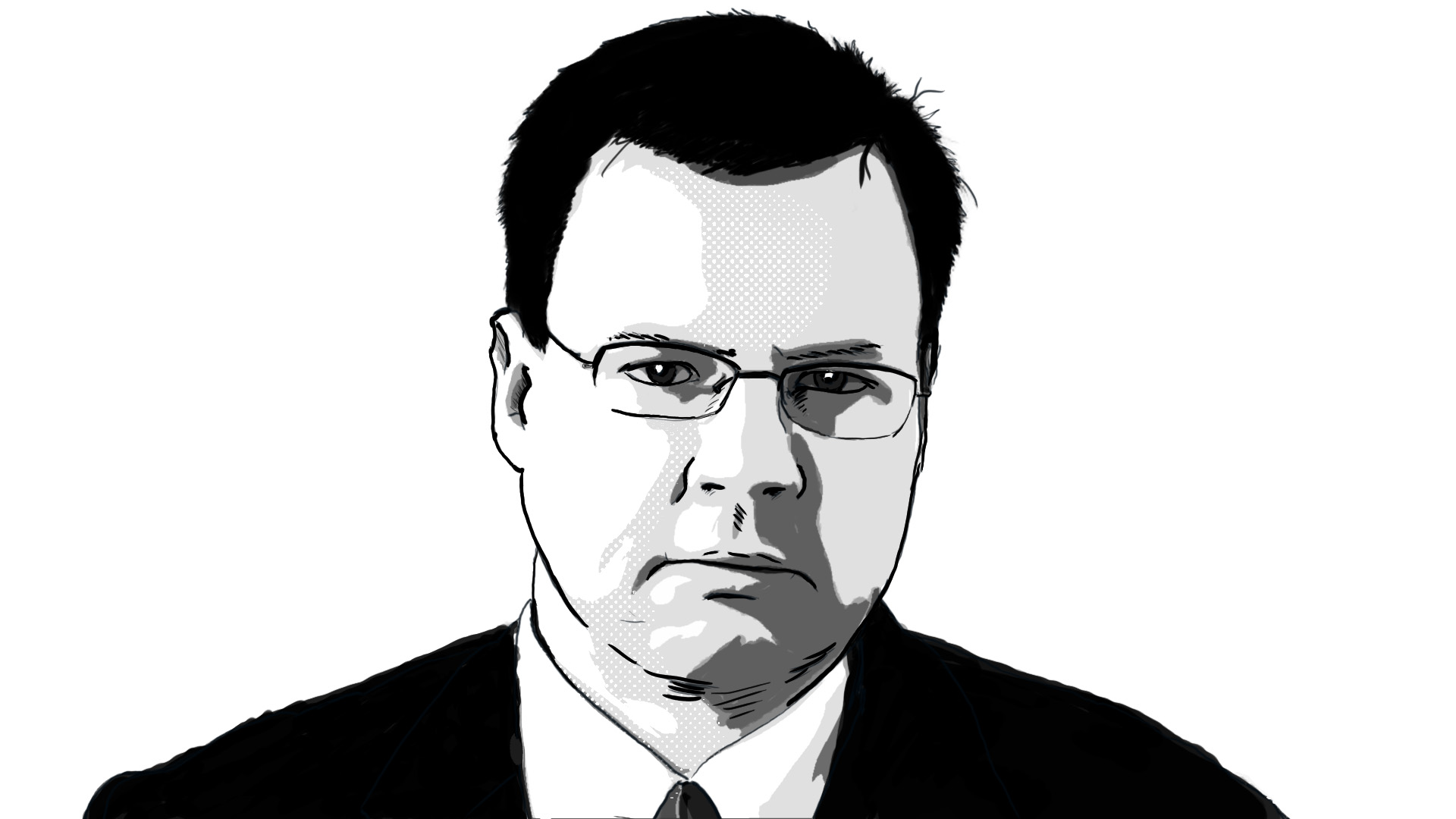It is the stuff authors’ dreams are made of. Shortly after the release of On Democracies and Death Cults, the new book by British right wing ‘cultural commentator’ Douglas Murray, President Donald Trump sent out a full-throated endorsement to his 9.6 million followers on Truth Social, praising the “powerful read from a Highly Respected [sic] author”.
Trump, famously, does not actually read much, if at all. During his first term, intelligence officials were told to strip down Trump’s briefings to be as short as possible – less than a page per topic, in bullet points – and to remove all nuance. Only one viewpoint should be presented, rather than any conflicting ideas.
Given Murray’s book weighs in at some 269 pages, there is little chance of the president wading his way through it, but if he did decide to dip in, he would probably like what he saw. No-one can fairly accuse Murray of representing multiple viewpoints: he has taken a stance, and he is sticking with it. Israel is at the front line of a battle between good and evil, between those who “value life” and “worship death”, and those who fail to acknowledge those straightforward ‘truths’ are at best foolish and at worst malevolent.
Murray is certainly telling a simple version of the story of what happened on and after October 7, 2023, but that doesn’t mean it is unaccomplished. Where Murray does seek to humanise the conflict, he succeeds. The book is at its very best when it visits the sites of some of the massacres carried out when Hamas broke into Israel, killing 1,200 and kidnapping around 400 more.
When Murray speaks to survivors of that day, the reader can at least get a glimpse of its horrors, the enduring traumas of those who made it alive to see the day that followed, and even some of their driving sense for justice, or revenge, or something between the two – and their incredulity turning to indignation as they see the lack of sympathy in the rest of the world. When Murray notes that the only place photos of those kidnapped on 7 October could be put up without being torn down soon afterwards was Israel itself, it is something upon which we should all reflect.
The book also does a better job than most of detailing some of the nuances of Israel’s troubled history, noting that the story most Palestinians – and most of the world – largely hear leaves crucial parts out: how from its very genesis, Israel faced extinction at the hands of its neighbours. That it was invaded by those seeking to wipe out the nation and its people on multiple occasions. That its very existence was seen as perilous, until a time when it became viewed as unassailable. That ended with October 7, the biggest slaughtering of Jews in a single day since the Holocaust.
Murray even sets out a brief but engaging consideration of the nature and history of antisemitism across different cultures and eras, a thoughtful exploration of one of the oldest and most deeply-held forms of prejudice that spans many societies. When he wishes to be thoughtful, Murray is clearly more than capable of it – which only makes the numerous occasions on which he demonstrates none of this all the more dismaying. Murray can understand complex causes and intersections. Often, though, he just simply chooses not to do so.
Much of the midsection of the book is lost to a predictable and largely vacuous dissection of student campus protests across the world, taking the most extreme of their utterances – or the lack of knowledge of some present of the region or its history – and holding them up as typical. Everything is interpreted as uncharitably as possible.
A poster connecting masking with Palestinian solidarity might as easily be a disability rights campaigner trying to attach her cause to that of the protestors as Murray’s interpretation, which is that to wear a Covid mask anywhere means Palestinian solidarity. Columbia’s campus protests are covered at length, with the text making it seem as if only one Jewish faculty member was opposed to them – a somewhat bizarre claim for the university with one of the largest Jewish student bases (and faculty makeup) in America.
But Murray’s story is most notably marred by its absences. While Murray deftly humanises the Israeli victims of October 7, at no point in the entire book is a Palestinian allowed to speak directly via Murray. Extracts of a few comments given to an Israeli army interrogator by one militant are the only time a Palestinian actually talks. Even when Murray visits an Israeli jail and comes face to face with killers, they are granted no voice – instead, Murray simply tells the reader “there was nothing to learn from them”.
This makes it much easier for Murray to dismiss the mathematics of the crisis, that Israel lost 1,200 people from a population of 8.8 million while Gaza has suffered losses of 42,000 and counting from 2 million. There is a debate to be had on the difference between atrocities deliberately aimed at civilians versus so-called ‘incidental’ deaths during military operations, but there is little space for it here. The destruction of Gaza and the deaths of its people are left abstract, while the losses of Israel are made vividly real.
The rest of Israel, though, is left conveniently hazy. There is virtually no discussion of the position of Israeli premier Benjamin Netanyahu, who faced serious corruption charges and potential jail time, as well as the end of his political career, at the dawn of the attacks.
Internal political critics have accused Netanyahu of extending the war to save his own skin, a charge which never makes it into Murray’s book. His is a simple, Trumpian, narrative, of a “heroic” Israeli response on the frontlines of a civilisational war.
Murray finds space to note that after the 1973 Yom Kippur War – previously the Israeli state’s biggest security failure – there was a damning commission of inquiry. He fails to mention that it began just six weeks after the attacks, gave its first report within six months, and had fully reported less than 18 months after the October 1973 attacks. This time, Netanyahu has not even allowed such an inquiry to begin.
This is because Murray, like Donald Trump, likes his narratives simple. Hamas is a death cult presiding over a society that has come to worship death and martyrdom – the extent to which Murray feels this critique is one of Hamas’s leaders, the organisation, Palestinians as a whole or even the entire Muslim world is left conveniently ambiguous.
But he shares with Hamas and its propagandists at least one trait. He is nearly as willing to weave the complex history of Israel and Palestine into a pattern that suits his design: an existential, good vs evil war of the west versus Islam. He merely disagrees with them as to which side is which.
The Russian author Aleksandr Solzhenitsyn, a dissident who alerted the world to the brutal repression going on in the Soviet Union, cautioned against the dangers of separating the virtuous from the malign. “If only there were evil people somewhere insidiously committing evil deeds, and it were necessary only to separate them from the rest of us and destroy them,” he wrote. “But the line dividing good and evil cuts through the heart of every human being.”
Murray would escape Solzhenitsyn’s eternal dilemma by saying ‘good’ and ‘evil’ are external forces after all, and he has decided who lies on which side of the lines. In one affecting moment early in his book, Murray wonders how Hamas and Gazans could so hate the people of an idyllic kibbutz just a mile from their border that they massacre its occupants.
This is a monumental failure of imagination on his part: if you grew up on a crowded sliver of the land you were told was rightfully yours, hearing the stories of your friends or relatives those ‘settlers’ now living upon it had killed, and could see from your home the paradise in which they were living, how could you not come to hate them?
A people raised on a partial narrative of their own history, and traumatised by its violence, could easily come to despise those right on their doorstep – right to the point of atrocity. Murray has looked at that hatred, visited its aftermath firsthand, and produced yet another partial and fractured narrative intended to drive its reader to support a total war. It is but a small part of this huge and ongoing tragedy that Douglas Murray and those who agree with him will simply never see, let alone acknowledge, the parallel.
On Democracies and Death Cults: Israel, Hamas and the Future of the West by Douglas Murray is published by HarperCollins












